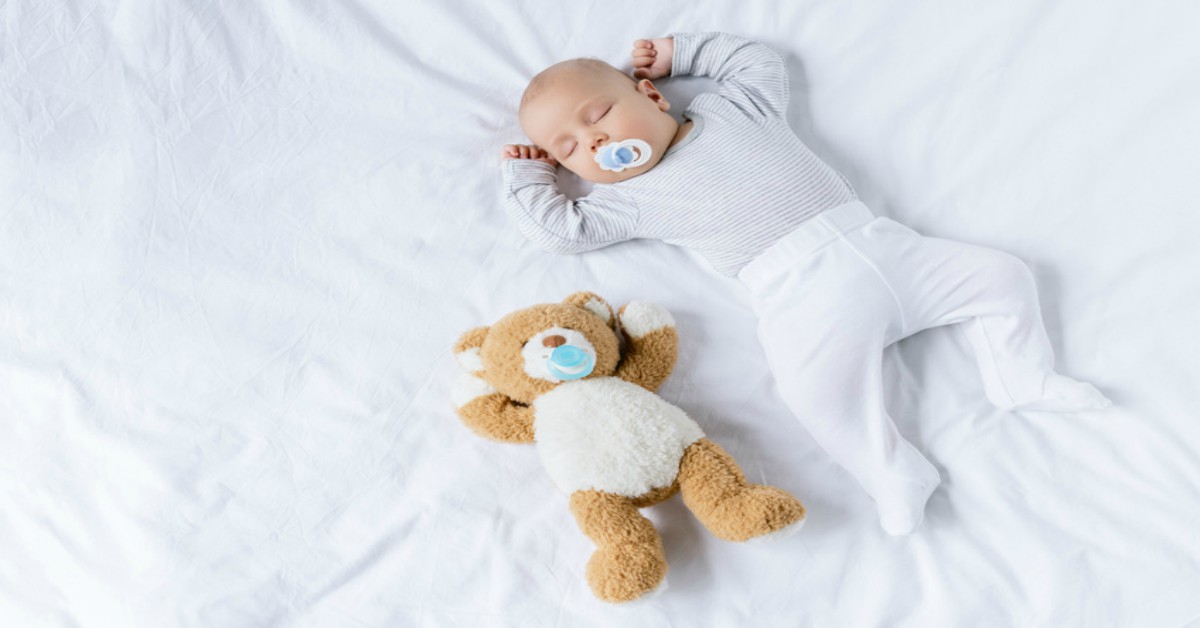
Part I: Your Ultimate Guide to Kid’s Dental Development
If there’s one big change happening in the dental industry, we are learning that dental problems begin earlier and earlier in life.
Kids’ teeth today, are much different to our grandparents. A lot has changed in the last 50 years, including the shape of our faces, jaws, mouth, and airways. Think about it… Why is having wisdom teeth, tonsils, and adenoids removed such a common occurrence today? Why didn’t our grandparents and great-grandparents need these surgeries?
In general, our jaws aren’t developing fully (to fit all 32 human teeth). Contributors to this problem include baby food, sippy cups, rubber nipples, and food allergies that cause breathing issues. As a result, our faces are more narrow and less symmetrical with receding chins and weaker profiles. So do pacifiers cause teeth problems?
These facial changes are making airways smaller and causing widespread sleep-disordered breathing, which is now estimated to be undiagnosed in up to 80 percent of sufferers.
Do pacifiers make your teeth crooked?
Many parents are unaware of the shifts in facial development. This is primarily because research on the subject is an emerging field. Many health professionals are also unaware of the shift. This simply wasn’t taught in medical and dental schools a decade ago, and so many doctors and dentists don’t realize how widespread this issue is.
For parents, education on the topic of dental development is essential. Many notions about what’s good for a child are actually contributing to this problem. Baby food is a good example of this. The fear of choking has made us feed our babies more processed, soft food which is preventing them from chewing earlier and more often – a necessary habit for jaw development.
The four key elements of good oral development include:
- Stopping early sucking habits
- Establishing good feeding and swallowing patterns
- Encouraging strong chewing skills
- Making sure your child is breathing through their nose
This six-part guide is going to break down the different habits and techniques that can contribute to dental development in children. These will include:
- Pacifiers
- Thumb sucking
- Teething
- Baby-led weaning
- Mouth breathing
- Chewing
First, let’s look at pacifier mouth deformation. When do they become an issue and how do they affect the shape of the jaw as it develops?
When pacifiers become a problem
Pacifiers may, in some scenarios, be beneficial to newborns who have a strong urge to suckle. They also help babies who are struggling with their latch for breastfeeding by developing oral muscles. Pacifiers have also been associated with a reduced risk of SIDS.
The issues with pacifiers lie in how long a child is allowed to use one. When children use pacifiers for longer than six months it messes with the dental development and can become an item of comfort. Before this age, pacifiers are good for oral muscle strengthening and assisting in innate reflexes.
The difference between suckling and sucking
Suckling is a reflex that involves the tongue moving in a front to back motion. During suckling the tongue is cupped and allows the baby to pull more milk while breastfeeding.
Between two to six months, babies switch to a sucking movement. Sucking is when this movement is actively controlled by the baby and involves a more up and down motion of the tongue.
Breastfeeding is best for ensuring a natural progression from suckling to sucking and some studies suggest it’s protective against persistent pacifier use. While pacifiers encourage the baby to strengthen it’s suckling muscles (supporting good mouth and jaw development), prolonged use can delay the transition from suckling to sucking. Not only does pacifier use shift this natural transition, at this same point it can switch from soothing a reflex to soothing emotional needs.
So, how do you know when your baby’s pacifier use is making the shift from suckling to sucking and from reflex soothing to emotional soothing?
When your child should stop using a pacifier
A good guideline for when you should stop pacifier use is once your baby starts cooing and babbling at about five months old. This is when they have control over their tongue and mouth and suckling is replaced by sucking. This is also when teething begins and pacifiers are easily replaced by teething rings and other self-soothing items.
Stopping pacifier use early, sometimes as early as six months old prevents your child from using its pacifier for comfort and almost completely eliminates the tough emotional response that can come from weaning or stopping pacifier use abruptly.
Plus, once pacifier use continues beyond the age of two, there’s a much higher chance of improper dental development, specifically open bite from pacifier use. In fact, pacifier use is associated with malocclusions such as:
- Anterior open bite – when the front teeth don’t come together
- Posterior crossbite – where the front teeth are in overbite but the molars don’t fit in a side to side relation
- Narrow inter-molar width – distance from molar to molar
These dental issues could be prevented by stopping pacifier use at an early age. Using myofunctional therapy when you’re stopping this habit has been shown to help stop it faster and more effectively. Myofunctional therapy can also improve the swallowing pattern and tongue position of your child, which can save them from health issues later in life.
When a pacifier becomes an emotional comfort
If your child has already passed the age of using a pacifier during the reflexive suckling stage and is now using it for emotional comfort, taking it away can be tough. Once children reach age 24 months and older, taking pacifiers away can feel downright traumatic.
Well-intentioned adults often offer their children pacifiers to quiet them when the root of the issue is actually an uncomfortable emotional event. Maybe they are frightened, restless or unsure but instead of addressing the root problem we’ve been taught to sooth the symptom – crying. This teaches our children to turn inward when they are upset and to not really deal with the emotion.
Think about it, even us adults have habits that soothe us when we’re uncomfortable. Tapping our foot, smoking, chewing on a pencil or disappearing into social media. The pacifier is the beginning of these habits and one of the best ways to prevent them from occurring is to prevent your child from retreating. Instead, of offering a pacifier, you can offer your support.
There are lots of resources on helping break the habit of self-soothing with a pacifier, but one thing is for sure – though it may be a painful habit to break, you should stop this habit from continuing because after 24 months it will mess with your child’s dental development and can cause issues down the road.
The most important aspect of dental development is that parents are aware of how habits form in the mouth at an early age.
Will pacifier teeth correct themselves?
The answer is usually no, intervention and correction are often needed. Which is why prevention is the best bet with pacifier use.
My opinion? Pacifiers should be seen as a possible barrier for proper childhood development. They can be useful for some children, however, overall parents should see them as a very temporary measure if used at all.
We’d love to hear from you… Did you realize pacifiers were changing the shape of our children’s mouths? Do you have personal experience weaning your child from pacifier use? How old were they and what worked? Share your experience with us, we’d love to hear your story.
Want to know more? Dr. Steven Lin’s book, The Dental Diet, is available to order today. An exploration of ancestral medicine, the human microbiome and epigenetics it’s a complete guide to the mouth-body connection. Take the journey and the 40-day delicious food program for life-changing oral and whole health.
Click below to order your copy now:
US AMAZON
US Barnes & Noble
UK AMAZON
Australia BOOKTOPIA
Canada INDIGO
For more information on Dr. Lin’s clinical protocol that highlights the steps parents can take to prevent dental problems in their children: Click here.
Resources:
https://www.ncbi.nlm.nih.gov/pubmed/21505778
https://www.ncbi.nlm.nih.gov/pmc/articles/PMC4462418/
https://www.ncbi.nlm.nih.gov/pubmed/17256438
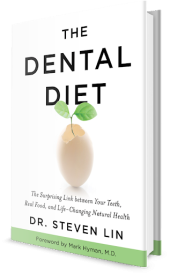
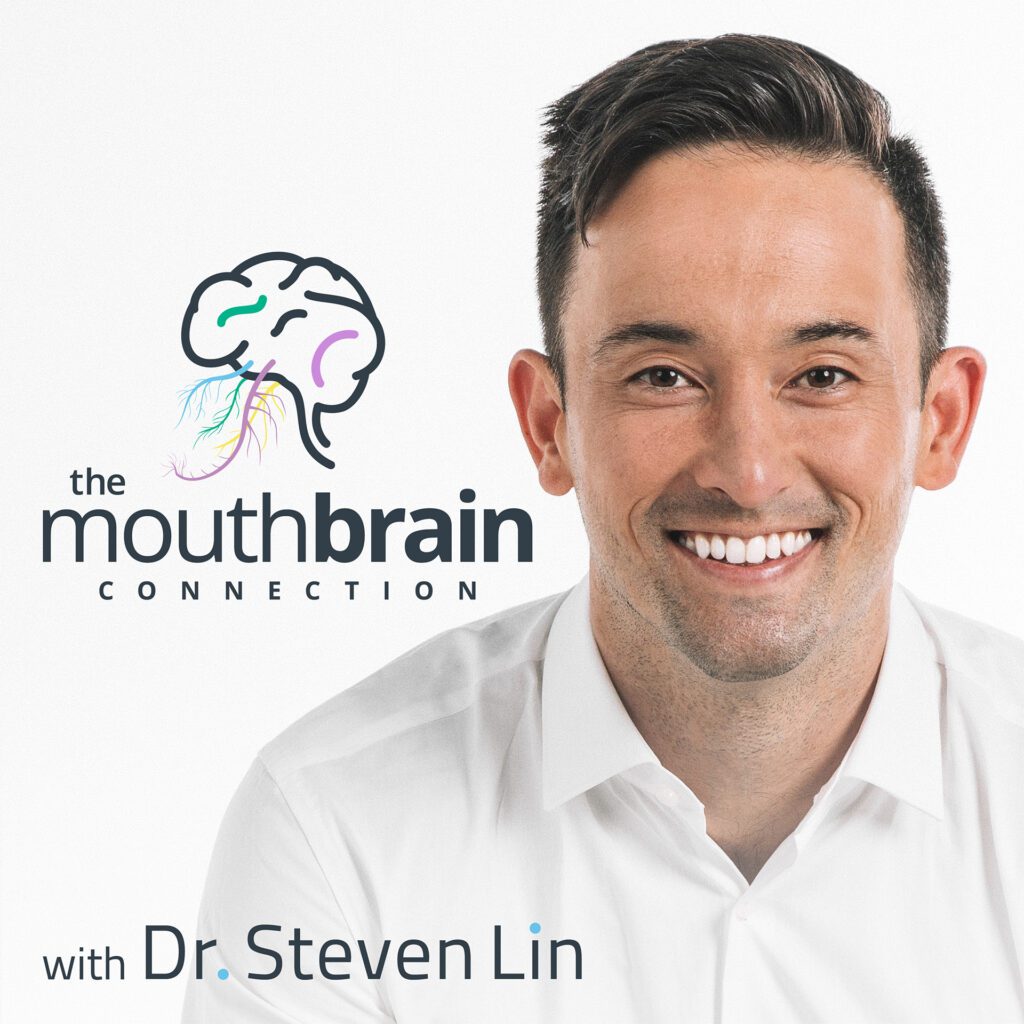

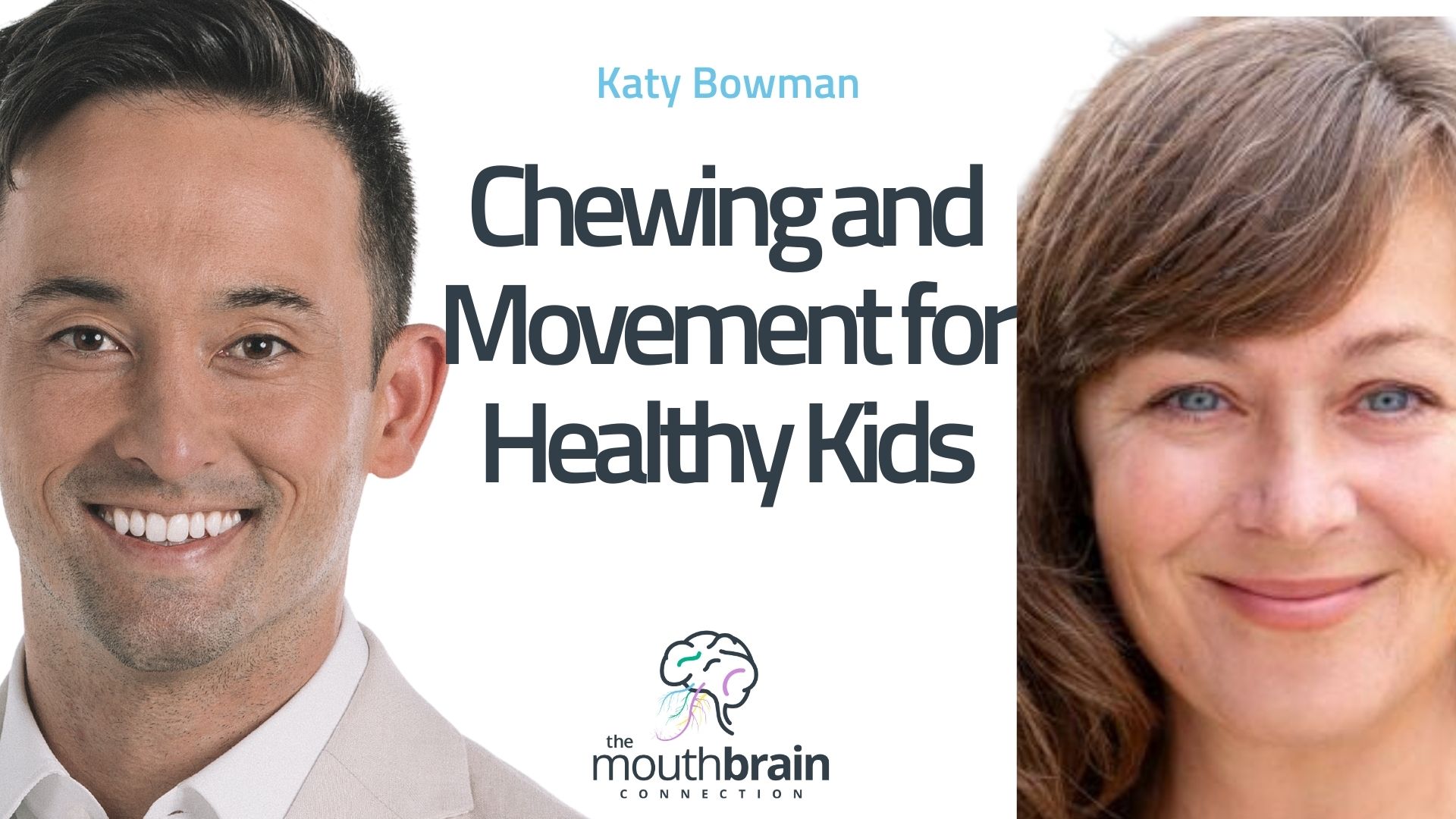
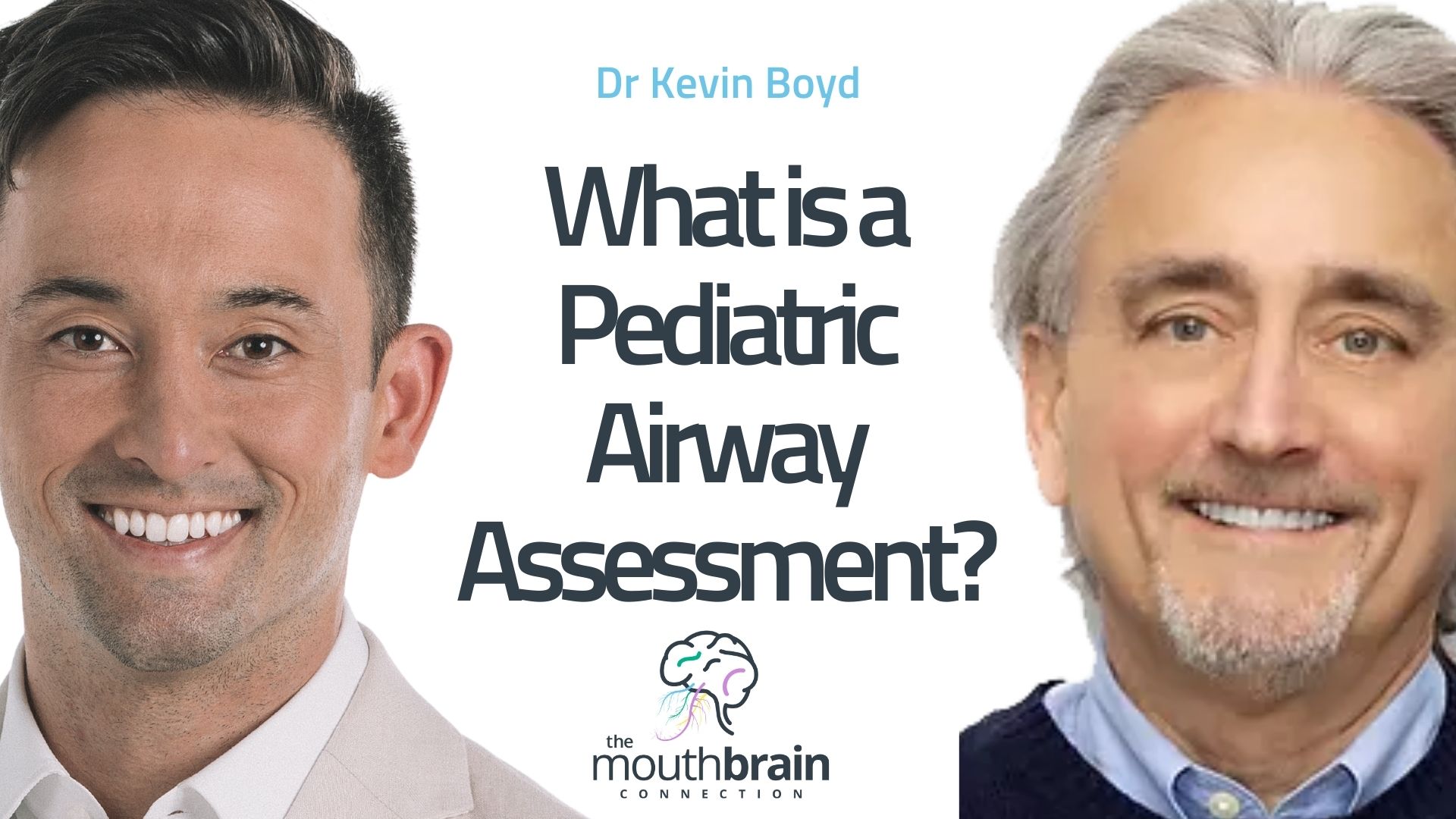
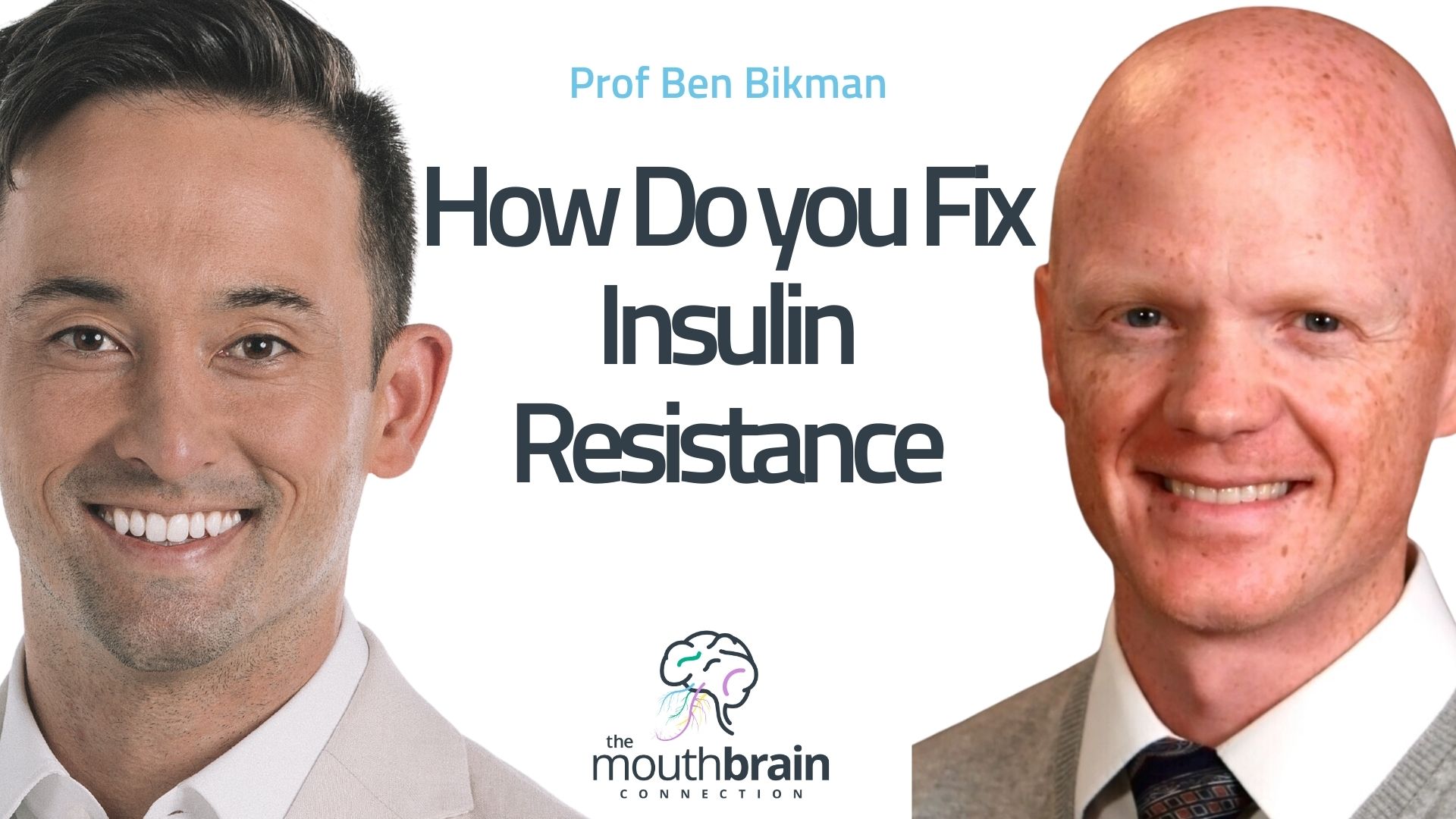

2 Responses
Aloha, my name is Joseph Bartek, I am 61 years old. My grandaugher, age 4, still uses a pacifier. I’d like to send a copy if this article about pacifiers to him. Can you send him a copy?
jojob1985@yahoo.com
God bless and thank you
Joseph Bartek Sr
Well, I find this information very helpful. We are pregnant with our fifth child, a surprise! There of our four children have dental structure issues that will need to be corrected. Our first is in braces now. The only child that doesn’t need braces and has perfect teeth is the one who didn’t take a pacifier. The only reason I pushed them was to prevent thumb sucking as you can’t take thumbs away. Also, they are so helpful while getting through teething. So at our kids’ 2nd birthday, we would prepared them about 6 months earlier for a paci throwing away party. We’d stop daily use of it and only use it for naps and night time.
Then on the second birthday we’d place a big bow on the garbage can and they were all excited to be big kids and throw them away. We always save one and take them to the store to buy a big kid gift and they would pay the cashier with their paci. It worked with all of them but I had no idea it was impacting their jaw as my research back then said that as long as I used an orthodontic paci, which I always bought, they would be fine. Argh…I wish be I knew this. Now it will take thousands of dollars to fix.
It angers me that I was misinformed.